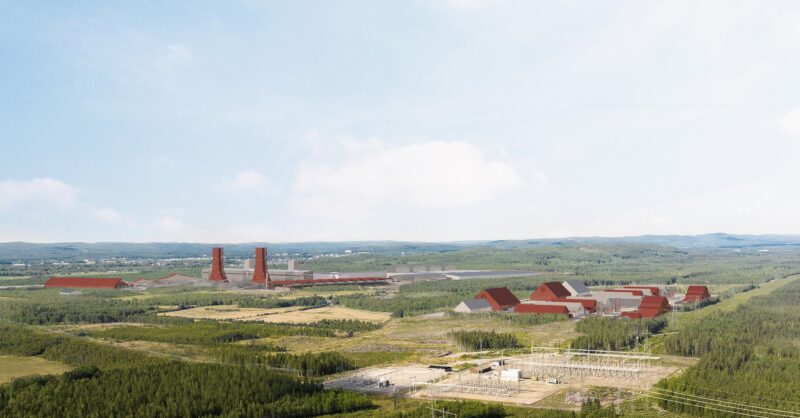
The transition to net zero in energy and industry is a huge business opportunity for banks. Annual clean energy investments to meet growing energy demand in emerging and developing economies alone will represent an annual investment opportunity of as much as US$ 2.8 trillion by the early 2030s. On energy and industry day at COP28, the Net-Zero Banking Alliance is highlighting recent examples of financing provided or facilitated by NZBA member banks in these key sectors in developed and emerging economies. They are taken from NZBA’s recent 2023 Progress Update.
Deutsche Bank arranges US$ 670 million for battery energy storage in Texas
As lead arranger and joint bookrunner for three project financings from December 2022 to May 2023, Deutsche Bank raised US$ 670 million for a loan facility for Plus Power to construct three fully merchant, utility-scale, battery energy storage projects in Texas totalling 700MW in capacity. Deutsche Bank committed to underwrite a large portion of the facility while syndicating to a large group of lenders pre- and post-closing.
Battery storage projects are one of the most rapidly growing asset classes in the clean tech industry. Total battery storage capacity in the U.S. climbed to 12.7 gigawatts by the end of the second quarter of 2023, according to S&P Global, up 61% from the year before.
Read more on Deutsche Bank’s net-zero targets
Société Générale leads on US$ 1.2 billion loan for wind, solar, and battery storage in India
Société Générale acted as mandated lead arranger and hedge provider for a USD 1.2 billion green loan for ReNew Power, one of India’s largest renewable energy developers.
ReNew will use the proceeds from the loan, which reached financial close in early 2023, to build 900 megawatts of wind capacity, 400 megawatts of solar, and a battery capable of storing 100 megawatt hours of electricity. The project will be located across the states of Maharashtra, Karnataka, and Rajasthan in India. This is one of the first utility-scale, “round the clock” projects combining wind, solar and battery technology in India.
The transaction supports Société Générale’s target of facilitating EUR 300 billion in sustainable finance by 2025.
Read more on Société Générale’s net-zero targets
Standard Chartered co-finances Indonesia’s energy transition
In 2021, Standard Chartered helped finance a 145-megawatt floating solar photovoltaic power plant on the Cirata reservoir in West Java, issuing a US$ 112 million 16-year project finance facility alongside two other lenders. On completion, it will be the first floating solar project in Indonesia and the biggest in Southeast Asia.
The Cirata project is also the first from an Independent Power Producer (IPP) in Indonesia to receive fully uncovered long-term loans from commercial banks without development finance institution or export credit agency involvement. The model this transaction has created could unlock significant amounts of further financing for Indonesian clean power markets and support Indonesia’s goal to generate 23% of its electricity from renewable sources by 2025.
The project is expected to power 50,000 homes and avoid 214,000 tons of CO2 emissions annually, while contributing to the creation of up to 800 jobs.
Standard Chartered’s contribution to this transaction supports its target of mobilising US$ 300 billion in sustainable finance by 2030.
Read more on Standard Chartered’s net-zero targets
Morgan Stanley leads €1.5 billion equity capital raise for green steel producer
In September this year, H2 Green Steel announced that it had secured €1.5 billion (US$ 1.6 billion) in equity financing to finance Europe’s first green steel plant. Since launch in 2021, H2 Green Steel has raised more than €1.8 billion (US$ 1.9 billion) of equity in three financing rounds. The company closed its series A equity round of €86 million (US$ 92 million) in May 2021 and announced the close of its series B1 round of €260 million (US$ 278 million) in October 2022. Morgan Stanley advised the company on the series B1 and latest series B2 rounds for this private placement.
H2 Green Steel aims to be the first industrial-scale end-to-end green steel producer and, on completion, claims its green-hydrogen-powered Boden plant will achieve CO2 emissions reductions of around 95% compared to conventional European producers, yielding the greenest steel in the world.
The transaction forms part of Morgan Stanley’s pledge to mobilise at least USD 750 billion for low-carbon solutions by 2030.
Read more on Morgan Stanley’s net-zero targets
